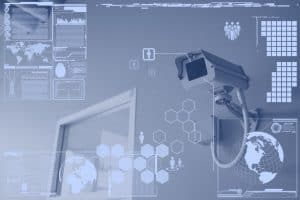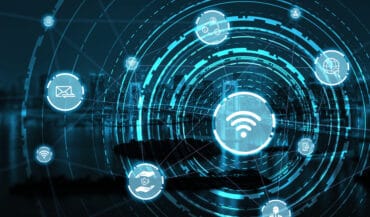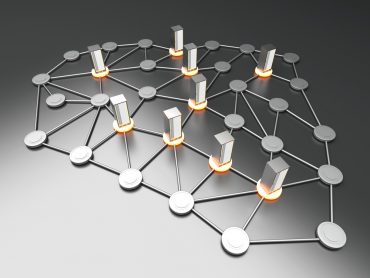
Enterprises awash in real-time video and audio data take note.
One of the most promising real-time applications now emerging is the use of advanced analytics and artificial intelligence in video. Sometimes called visual analytics or computer vision, these two powerful technologies combine to open up new possibilities – from improving security to product quality – for growing numbers of organizations.
A survey of 700 executives, conducted by Forbes Insights and Intel, found 85% expect to expand the use of visual analytics and cameras for the Internet of Things (IoT). At least 14% report extensive visual analytics implemented across their enterprises; another deployed 33% in selected areas. Some 60% of those polled said their visual analytics are equally good at recognizing people, objects or situations.
Spotting Intruders, Backlogs, Birds
Security cameras, of course, can spot and recognize intruders in real time, and trigger responses. One major freight railroad employs cameras planted along tracks to inspect train-car wheel-trucks for wear and tear as they roll by. In logistics and warehousing, video cameras read bar codes on packages whizzing by and direct them down the correct chutes. These systems also spot and alert managers to backlogs. Cameras mounted on wind turbines can recognize approaching flights of birds and shut down operations, for example.
Companies are developing and marketing video analytics for a range of applications. One vendor doing a lot of work – and productization – in the market is Nokia. The company’s “Scene Analytics” is a good example of employing real-time intelligence to address the challenges of reviewing massive video, audio and data streams to spot unusual activity, according to Nokia’s Khamis Abulgubein. Reviews are now done by algorithms.
Abulgubein explains how it works: “With cameras now being turned into IoT sensors, multiple data sources can be combined so Scene Analytics can go to work on analyzing these various streams. It learns on its own what is ‘out of the norm’ and only records the video that is important to review,” he explains.
See also: IoT’s Next Great Frontier: Video and Surveillance Analytics
A good working example is visual analytics in the energy and resources sector, where employee safety and critical infrastructure protection are always top of mind. Companies across the power, oil and gas, and mining sectors now video cameras to monitor their industrial sites for unusual or unsafe activities. Images are streamed to analytics engines to see if issues are arising in the field.
Falling costs are making cameras ubiquitous in power stations, substations, oil refineries, offshore platforms and mines, Nokia notes. The problem now becomes data volume. “Each camera produces approximately 1 MB of uplink traffic and storage every second,” Nokia notes, “which is far more data than humans can possibly process and analyze. And just one percent of this video data is relevant.” Cameras and AI help by pinpointing this small slice of relevant data, then triggering a timely, effective response.
Video analytics are also being deployed to identify threats to critical infrastructure. By applying autonomous machine learning algorithms to raw video from IP cameras,” Abulgubein says, the system trains itself to classify objects at scale in real time without relying on human input. It uses this knowledge to spot people, objects and vehicles that are moving in unusual places or at unusual times of day.
Understanding Shoppers’ Thoughts and Feelings
Video analytics applications cut across many industries. Grocery stores “could ultimately use video analytics and robots to determines customers’ health and state of mind, and recommend foods to them based on those analyses,” Yael Cosset, CIO of Kroger, said a recent Business Insider interview.
“How do I detect where you are, in your mind, better than you can do yourself ?”, he asks. Grocers could use such data to help provide customers with recommendations for certain foods that would help them achieve their objectives, he continues. such as reducing stress or getting over the flu.
In manufacturing, a case study from Srijan illustrates how a maker of floor-cleaning equipment used video analytics algorithms identify machines and verify their performance.
The system records real-time footage of the machines operating at different customer locations, then automatically analyzes the video feed. The company says having such detailed performance logs helps validate or refute customer claims, preventing unwarranted spending on recalls and repairs.




























